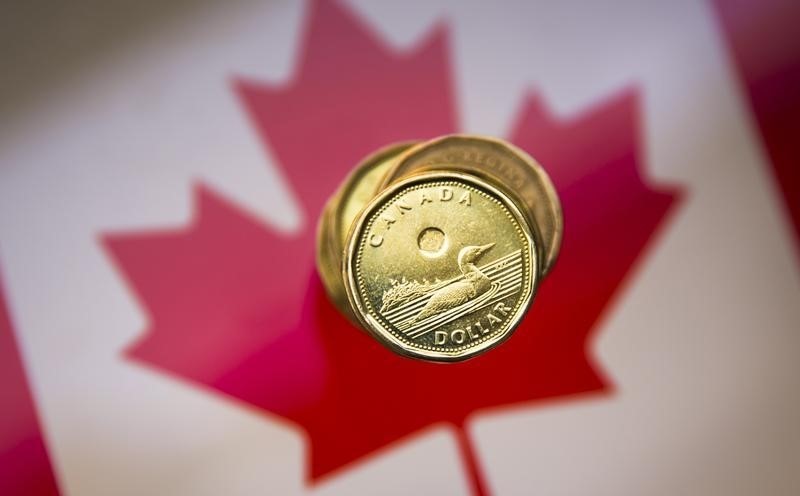By Ketki Saxena
Investing.com – The Canadian dollar was moderately higher against its US counterpart on the last trading day of the year, supported by an uptick in oil prices and broad-based weakness in the dollar, although risk-aversion remained the dominant theme of the day - as it has been for much of the year.
The US dollar extended its decline against the Canadian dollar today after yesterday’s weak US jobs data indicated weakening in the economy, and raising hopes that the US federal reserve will temper its aggressive rate hike stance going into the new year.
The Canadian dollar - despite its sensitivity to risk-aversion, which dominated investor sentiment today - managed to eke out a gain against the dollar on a slight uptick in crude prices amidst thin trading volumes, as investors hope for rebounding demand in China following the rescinding of Covid-19 lockdowns - but keep an eye on rising caseloads.
In the larger picture, the prospect for oil remains uncertain, with lower production from OPEC+ and Russia contending with demand destruction as the global economy slows in 2023.
On a technical level for the USD/CAD pair, analysts at FX Street note, “The Relative Strength Index (RSI), at bearish territory, keeps USD/CAD sellers hopeful for further downside, while the Rate of Change (RoC), suggests selling pressure is waning. Therefore, unless the USD/CAD decisively breaks below 1.3484, that could open the door for further losses. “
They recommend “The next support would be the 100-day EMA at 1.3416, ahead of the 1.3400 figure, and the 200-day EMA at 1.3215. As an alternative scenario, the USD/CAD first resistance would be the 20-day EMA at 1.3570. Once cleared, the next resistance would be 1.3600, followed by the 1.3700 mark.”
Looking ahead to next year for the USD/CAD pair, analysts at BMO (TSX:BMO) expect the Canadian dollar to benefit from the Fed’s winding down of its aggressive rate hike cycle - “albeit perhaps less than other major currencies, as the BoC is nearly done its rate hikes.”
Accordingly, they expect that “the loonie will likely be a bit lower on average in 2023 than this year due to the big pullback late in 2022”, with an average exchange rate of just under $1.33 in the coming year, or around 75 cents US.”
In 2022, the Canadian dollar has depreciated about 5.7% against its US counterpart - but still managed to outperform most other major currencies. Boosted by Fed hawkishness this year, rising treasury yields, a marked slowdown in global growth - and a sharp escalation in geopolitical tension - the safe haven greenback is up around 8% against a basket of major currencies, about to post its best year since 2015.
